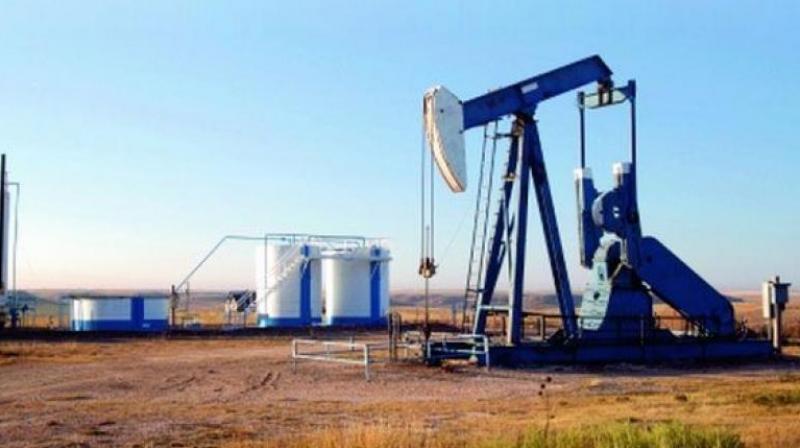Infected US shale oil faces rejection in Asia

Singapore: The complex web of US pipelines, tanks and export terminals that's helped make America the world's top oil producer is causing a headache for some crude buyers.
As various types of crude pass through the supply chain from inland shale fields spanning Texas to North Dakota, they risk picking up impurities before reaching Asia —the world's biggest oil-consuming region. Specifically, refiners are worried about the presence of problematic metals as well as a class of chemical compounds known as oxygenates, which can affect the quality and type of fuel they produce.
Two refiners in South Korea—the top buyer of US seaborne supply— have rejected cargoes in recent months due to contamination that makes processing difficult. Growing North American output from dozens of fields pushes everything from highly-volatile oil to sticky residue through shared tributaries and trunk pipes. Smaller carriers then take cargoes from shallow-water ports to giant super tankers in the Gulf of Mexico for hauling to far-away buyers.
Throughout its transit from pipes to tanks and onto vessels, foreign compounds from other fuel or chemicals for cleaning tanks or stabilizing material can leach into the supply and foul up refining equipment. While crude passes through a similar chain in the Middle East too, the risk of impurities is lower because each oil variety typically has its own designated infrastructure.
In the case of American condensates, a type of ultra-light oil pumped in shale fields, cargoes can get pollutants such as "oxygenates, metals and cleaning agents," said Sebastien Bariller, Senior Vice President at South Korea's Hanwha Total Petrochemical Co. That's causing uncertainty around US oil quality, unlike purchases from the Middle East, where quality is stable, he said.
— Bloomberg

